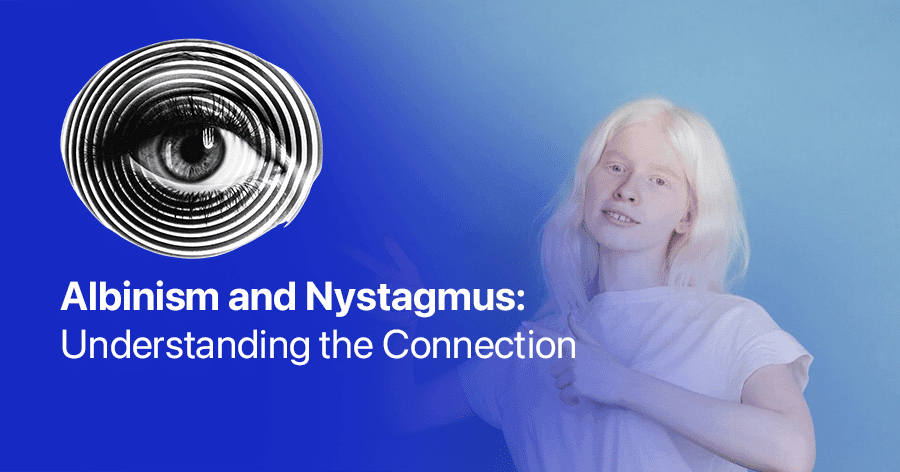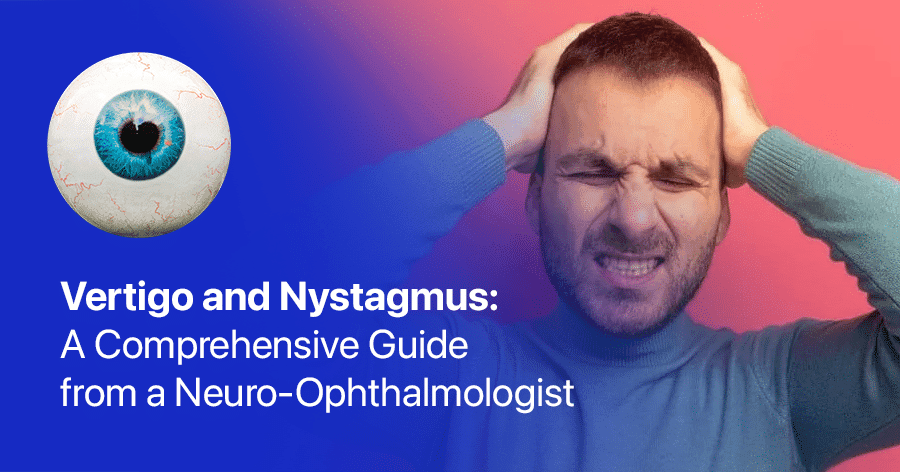
The Causes of Nystagmus: 10 different causes
As a leading neuro-ophthalmologist with a specialized focus on nystagmus, I’m excited to share my in-depth knowledge on the various causes of this complex condition. Understanding the root causes of nystagmus is crucial for accurate diagnosis, effective management, and improving outcomes for those affected.
What is Nystagmus?
Nystagmus is a neurological disorder characterized by involuntary, repetitive eye movements. These movements can be horizontal, vertical, torsional, or a combination, and they can significantly impact a person’s visual acuity, depth perception, and overall quality of life.
The eye movements in nystagmus are often described as “wobbly,” “jittery,” or “oscillating,” and they can range in severity from mild to severe. Nystagmus can be present from birth (congenital nystagmus) or it can develop later in life (acquired nystagmus), and each type has its own unique set of underlying causes.
Causes of Congenital Nystagmus
Congenital nystagmus, as the name suggests, is present from birth or develops early in childhood. Several factors can contribute to the development of this type of nystagmus:
- Genetic Factors: Congenital nystagmus can be inherited as an autosomal dominant, autosomal recessive, or X-linked trait. Researchers have identified several genes that play a role in the development of congenital nystagmus, including FRMD7, CACNA1A, and NYS1. Mutations in these genes can disrupt the normal development and function of the oculomotor system, leading to the characteristic eye movements associated with nystagmus.
- Ocular Albinism: This genetic condition is characterized by a lack of pigment in the eyes, which can lead to the development of nystagmus and other visual impairments. The reduced pigmentation affects the proper development and function of the retina and optic nerve, contributing to the onset of nystagmus.
- Refractive Errors: Significant refractive errors, such as high myopia (nearsightedness) or astigmatism, can sometimes trigger the development of congenital nystagmus. The brain’s attempts to compensate for these visual distortions can result in the characteristic eye movements.
- Optic Nerve Hypoplasia: This condition occurs when the optic nerve fails to develop fully, which can result in the onset of nystagmus. Optic nerve hypoplasia can be caused by genetic factors, maternal conditions during pregnancy, or unknown underlying mechanisms.
- Cone-Rod Dystrophy: This inherited retinal disorder, characterized by progressive degeneration of the cone and rod photoreceptors, can lead to the development of nystagmus as the visual system struggles to adapt to the changing conditions.
Causes of Acquired Nystagmus
Acquired nystagmus, on the other hand, develops later in life, often as a result of an underlying medical condition or neurological disorder. Some of the common causes of acquired nystagmus include:
- Neurological Disorders: Conditions affecting the brain, brainstem, or cerebellum can disrupt the normal control of eye movements, leading to the development of nystagmus. These disorders include multiple sclerosis, stroke, head trauma, and various types of tumors or lesions within the central nervous system.
- Vestibular Disorders: Problems with the inner ear or balance system, such as Ménière’s disease, labyrinthitis, or vestibular neuritis, can cause the brain to receive conflicting signals, resulting in nystagmus.
- Medication Side Effects: Certain medications, including anti-seizure drugs, sedatives, and alcohol, can sometimes trigger nystagmus as an adverse side effect. These medications can interfere with the brain’s ability to properly control eye movements.
- Metabolic Disorders: Conditions that affect the body’s metabolism, such as hyperthyroidism or vitamin B12 deficiency, have been linked to the development of acquired nystagmus. The underlying metabolic imbalances can disrupt the normal functioning of the oculomotor system.
- Ocular Conditions: Eye-related issues, including cataracts, corneal disorders, and retinal diseases, can also lead to the onset of acquired nystagmus. These conditions can alter the visual input to the brain, triggering the characteristic eye movements.
Stay Informed with “The Nystagmus Book”
If you’re looking to deepen your understanding of nystagmus and stay up-to-date with the latest research and management strategies, I invite you to check out my book, “The Nystagmus Book.” This comprehensive guide contains all the legitimate, up-to-date information about nystagmus as of 2024, including the most recent research findings and best practices for managing the condition.
In a world where misleading information about nystagmus is unfortunately common, “The Nystagmus Book” offers a reliable, science-based resource. It’s packed with practical tips, the latest treatment options, and insights from my 20+ years of research in the field. Whether you’re living with nystagmus, caring for someone who is, or simply want to learn more about this condition, this book is an invaluable resource.




